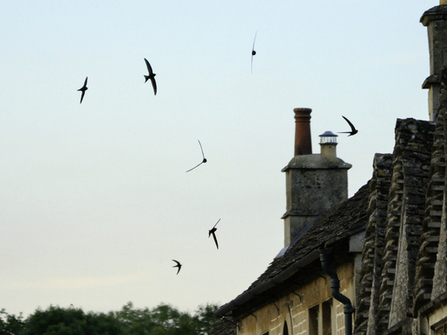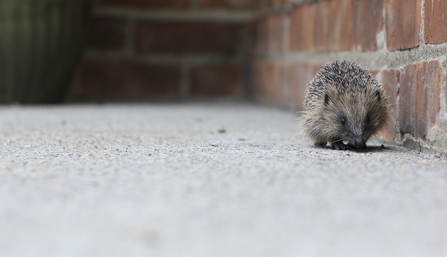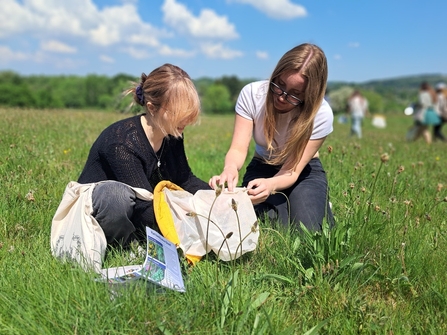At Derbyshire Wildlife Trust, we have a bold vision for a Wilder 2030, where people and wildlife thrive together. However, whilst many of us visit Derbyshire to spend time outdoors and connect with nature, in our urban areas, spaces for nature are often few and far between.
Wildlife in our towns and cities is struggling. Bats and swifts, once a common sight around Derbyshire streets, have declined dramatically in recent decades, and where the buzz of pollinators might have once filled our gardens and parks, more of our urban spaces are falling silent. Whilst devastating for wildlife, this decline in nature affects us too; with more of us feeling isolated from the natural world, we are losing a key place to relax and disconnect from the pressures of daily life, leading to a decline in wellbeing and an increase in climate-related anxiety. Wilder Chesterfield is here to change that.





